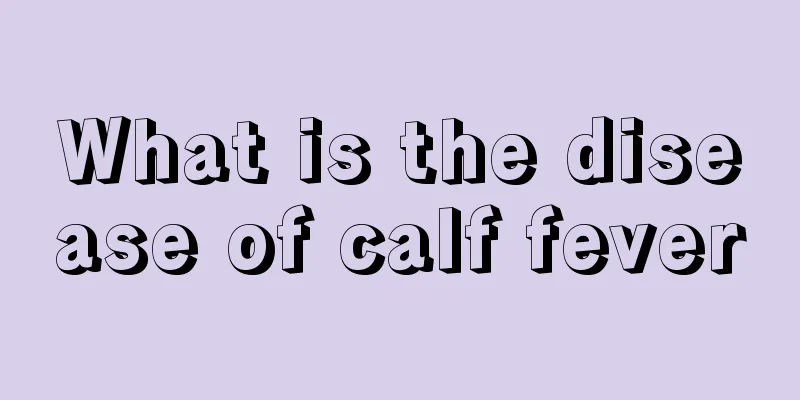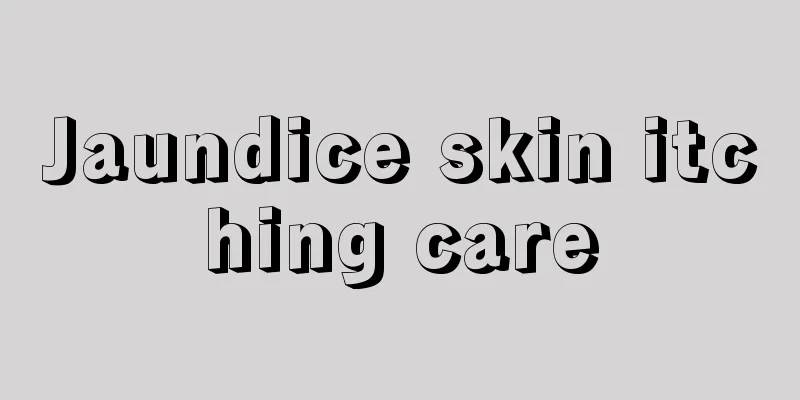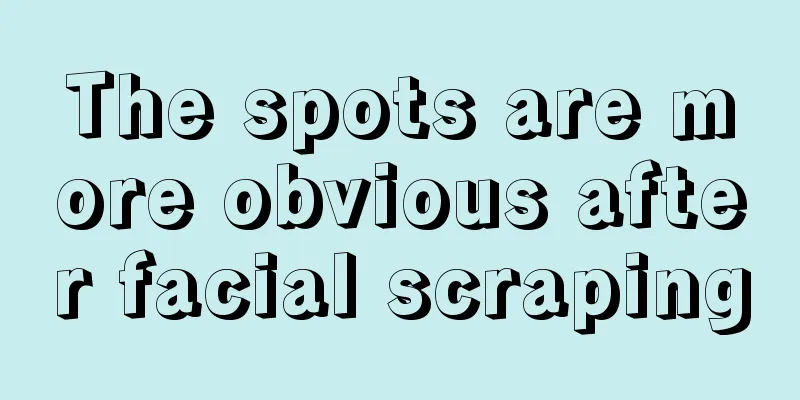What to do with lumbar edema

|
Lumbar edema is very common in daily life. It not only affects people's normal life and work, but also causes great harm to people's bodies. Therefore, it is particularly important to find a scientific and effective treatment method. Patients can treat lumbar edema through bed rest and traction therapy. If they persist for a period of time, they will see good results. Friends in need can also try it. 1. What causes lumbar edema? 1. Degenerative changes of the lumbar intervertebral disc are the basic factors. The degeneration of the nucleus pulposus is mainly manifested as a decrease in water content, and can cause small-scale pathological changes such as vertebral instability and loosening due to water loss; the degeneration of the annulus fibrosus is mainly manifested as a decrease in toughness. 2. Injury: Long-term and repeated external forces cause minor damage, which aggravates the degree of degeneration. 3. Weaknesses of the intervertebral disc’s own anatomical factors: The intervertebral disc gradually lacks blood circulation after adulthood and has poor repair ability. On the basis of the above factors, some inducing factors that may cause a sudden increase in the pressure on the intervertebral disc may cause the less elastic nucleus pulposus to pass through the annulus fibrosus that has become less tough, causing nucleus pulposus herniation. 4. Genetic factors: There are reports of familial incidence of lumbar disc herniation. 5. Congenital abnormalities of the lumbar sacrum include lumbar sacralization, sacral lumbarization, hemivertebra deformity, facet joint deformity and articular process asymmetry. The above factors can change the stress on the lower lumbar spine, resulting in increased intra-disc pressure and susceptibility to degeneration and injury. 6. Inducing factors: On the basis of intervertebral disc degeneration, certain factors that can induce a sudden increase in intervertebral space pressure can cause nucleus pulposus herniation. Common inducing factors include increased abdominal pressure, incorrect waist posture, sudden weight bearing, pregnancy, cold and moisture. 2. Clinical manifestations of lumbar edema 1. General signs (1) Lumbar scoliosis is a postural compensatory deformity that relieves pain. Depending on the location of the nucleus pulposus protrusion and the relationship between the nerve roots, the spine may bend toward the healthy side or the affected side. If the protrusion of the nucleus pulposus is located on the inner side of the spinal nerve root, the lumbar vertebra will bend toward the affected side because bending the spine toward the affected side can reduce the tension of the spinal nerve root. Conversely, if the protrusion is located on the outer side of the spinal nerve root, the lumbar vertebra will mostly bend toward the healthy side. (2) Limited lumbar movement Most patients have limited lumbar movement to varying degrees, which is particularly obvious in the acute phase. Among them, the most obvious is the limitation in flexion, because the flexion position can further promote the posterior displacement of the nucleus pulposus and increase the traction on the compressed nerve roots. (3) Tenderness, percussion pain, and sacrospinal muscle spasm The location of tenderness and percussion pain is basically consistent with the intervertebral space of the lesion, and 80% to 90% of cases are positive. The percussion pain is most obvious at the spinous process, which is caused by the vibration of the diseased area caused by percussion. The tenderness point is mainly located 1 cm beside the vertebrae, and radiating pain may occur along the sciatic nerve. About 1/3 of patients have lumbar sacrospinal muscle spasm. Low back pain is the first symptom in most patients, with an incidence of about 91%. Because the outer layer of the annulus fibrosus and the posterior longitudinal ligament are stimulated by the nucleus pulposus, induced pain in the lower back is produced through the vertebral nerve, sometimes accompanied by buttocks pain. 3. What to do with lumbar edema Most patients with lumbar disc herniation can be relieved or cured through non-surgical treatment. The treatment principle is not to restore the degenerated and protruding intervertebral disc tissue to its original position, but to change the relative position of the intervertebral disc tissue and the compressed nerve root or partially retract it, thereby reducing the pressure on the nerve root, loosening the adhesion of the nerve root, eliminating the inflammation of the nerve root, and thus alleviating the symptoms. Non-surgical treatment is mainly suitable for: 1. young patients, first-time patients or patients with a short course of illness; 2. patients with mild symptoms that can be relieved by themselves after rest; 3. patients with no obvious spinal stenosis on imaging examination. (1) Absolute bed rest: When the disease first occurs, you should strictly rest in bed, and emphasize that you should not get out of bed or sit up to urinate or defecate. This will achieve better results. After 3 weeks of bed rest, you can get up and move around while wearing a waist belt for protection, and do not bend over or hold objects for 3 months. This method is simple and effective, but difficult to stick to. After remission, you should strengthen your back muscle exercises to reduce the chance of recurrence. (2) Traction therapy uses pelvic traction to increase the width of the intervertebral space, reduce the intradiscal pressure, retract the protruding disc, and reduce stimulation and compression on the nerve roots. It needs to be performed under the guidance of a professional doctor. |
<<: How to remove liquid eyeliner
>>: Causes of pain in the rib cage
Recommend
Which hospital is good at treating liver cancer
Liver cancer is a common disease in clinical prac...
Can I have a baby if I have colon cancer?
Can you have a baby if you have colorectal cancer...
What foods contain the most vitamin E?
In life, we all know that vitamin E plays a very ...
Where exactly is the Laogong point located?
There are many acupoints distributed on the human...
What are the symptoms of neuromyelitis optica?
Most patients with neuromyelitis optica are young...
Examination contents confirmed for kidney cancer
People may be a little afraid when talking about ...
What causes thirst after drinking
It is said that smoking is harmful to health, and...
Is it possible to cure brain cancer
For brain cancer patients, the cure rate is a maj...
What should I do if I can’t eat in the late stage of liver cancer?
What should I do if I can’t eat in the late stage...
These are the differences between squid and cuttlefish!
In real life, squid and cuttlefish are both commo...
Are calories the same as calorie
Calories and calories are two different nouns, bu...
How effective is targeted therapy for lung cancer? The effect is good
The effect of targeted therapy for lung cancer is...
Clinical manifestations of phrenic nerve injury
Phrenic nerve injury is relatively serious and us...
What to do if liver cancer patients have vomiting and anorexia? Targeted treatment is provided for 4 types of liver cancer
In many cases, in daily life, many people do not ...
Do I need to have my uterus cleaned after a 70-day medical abortion?
Contraceptive failure or sex without contraceptio...









